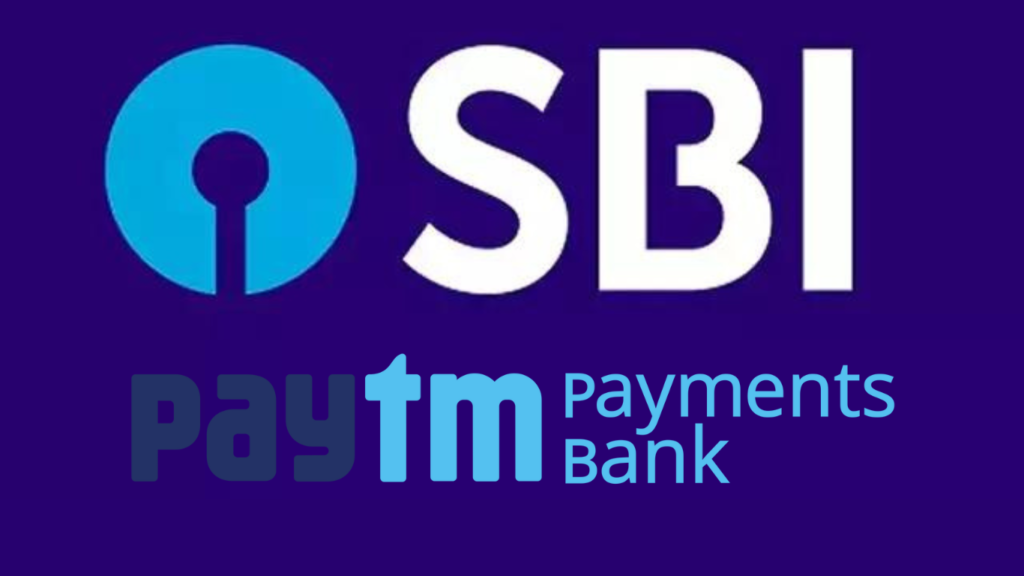State Bank of India (SBI), the largest lender in India, is taking proactive measures to extend its services to merchants and retailers through its payments subsidiary. This strategic move comes in response to regulatory restrictions imposed on Paytm Payments Bank, with the goal of ensuring seamless business operations for affected merchants.
Table of Contents
ToggleSBI’s Outreach to Merchants
Chairman Dinesh Khara emphasized SBI’s commitment to welcoming merchants into their fold, leveraging the capabilities of SBI Payment Services Pvt Ltd. This subsidiary provides Point of Sale (PoS) terminals and Quick Response (QR) codes, offering a solution to potential disruptions faced by merchants.
Seizing Opportunities Post Regulatory Actions
With recent regulatory actions against Paytm Payments Bank, SBI aims to capitalize on the situation to capture a larger share of the merchant market. SBI Payments, as highlighted in the FY23 annual report, boasts an extensive network of over 2.93 million merchant payment acceptance points and more than 1.14 million PoS machines.
Regulatory Actions Against Paytm Payments Bank
The Reserve Bank of India (RBI) recently took stringent measures against Paytm Payments Bank due to non-compliance issues, leading to restrictions on fresh deposits and various services effective March 1st. SBI, however, refrains from commenting on the possibility of acquiring a stake in Paytm Payments Bank.
Financial Performance and Provision Details
SBI reported a net profit of ₹9,164 crore for Q3 FY24, marking a 35.5% decline from the previous year. This decrease is attributed to a one-time provision for pension and ex-gratia benefits amounting to ₹7,100 crore. The provision anticipates uniformity in pension, with a pending settlement expected to be finalized soon.
Key Financial Indicators
While the net interest income showed a 4.6% rise, the domestic net interest margin (NIM) contracted, standing at 3.41%. Domestic advances saw a 14.5% YoY growth, with the overall loan book reaching ₹35.8 trillion. SBI retains a credit growth target of 14-16% for the fiscal year 2024.
Also Read : Legendary Actor Carl Weathers’ Shocking Death: Unraveling His Iconic ‘Rocky’ Legacy and Hollywood Impact!
Corporate and Retail Loan Growth
Corporate loans exhibited a 10.7% YoY growth to ₹10.2 trillion, with a promising pipeline of ₹4.6 trillion. Retail loans recorded a 15.3% YoY growth, reaching ₹12.96 trillion in Q3. SBI Chairman Khara anticipates continued healthy credit growth, especially in the corporate sector.
Deposit Growth and CASA Ratio
SBI witnessed a 12.8% YoY growth in domestic deposits, reaching ₹45.7 trillion as of December 31. However, term deposits outpaced CASA growth, with a 20% YoY increase to ₹26.9 trillion. The CASA ratio experienced a sequential decline of 70 bps and a YoY decline of 330 bps, reaching 41.18%.
Future Opportunities and Outlook
Khara expressed optimism regarding corporate borrowing opportunities, fueled by the continuation of infrastructure spends outlined in the recently announced interim budget. Additionally, he highlighted new growth levers such as solarization, indicating a positive outlook for SBI’s future initiatives.

